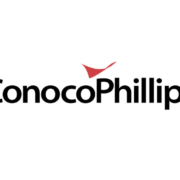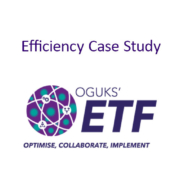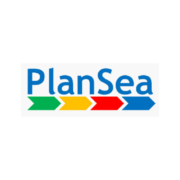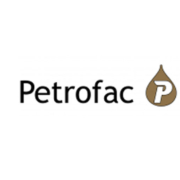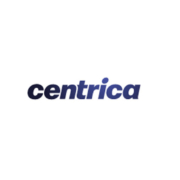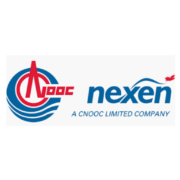ConocoPhillips – Tackling the unique challenges of decommissioning in a mature basin in a cost competitive environment
Submitted by ConocoPhillips
Impact
The company’s 2014 plugging and abandonment campaign in the Southern North Sea focused on 15 offshore wells across a 541 day work programme. Thanks to the teams adopting a campaign approach to the tasks in hand, proactively engaging with personnel, working collaboratively with vendors and continually challenging assumptions, it only took 435 days. This resulted in costs being reduced by 35%. The learnings from this campaign are now being shared widely across the industry and the approach continues throughout ConocoPhillips’ ongoing Southern North Sea plugging and abandonment/decommissioning campaign.
Description of Best Practice
Being able to safely and successfully eliminate over 100 days from an offshore workscope in a mature basin might seem optimistic, but this is just what a team from ConocoPhillips did on a complex and challenging well plugging and abandonment campaign in the UK Southern North Sea in 2014. In a time where there is an urgent need for the industry to work co-operatively and innovatively to maximise economic recovery from the UKCS, being able to deliver such tangible results has never been more important. ConocoPhillips’ operations in the area date back over 40 years starting with the Viking field discovery in 1968, followed by first gas production in 1972.
Today, the company operates a complex portfolio of platforms, normally unmanned installations, pipelines and subsea developments in the Southern North Sea, which export production with that from other third-party operators to the Theddlethorpe Gas Terminal in Lincolnshire. “Our objective was to safely simplify our infrastructure in the area to reduce the cost impact of assets that were no longer producing,” says Gerry Cooper, UK Well Operations Manager for ConocoPhillips. “We also wanted to enhance the focus of our UK Integrated Operations team and demonstrate the value of collaboration.”
With these Southern North Sea wells originally being developed in the 1970s, there were a number of challenges to overcome. The team was put together incorporating a wide variety of skill sets including, drilling, completion, intervention, fluids and wellhead specialists to ensure the safest and most cost effective solutions and tools were used in all cases. Due the unknowns with 30-40 year old wells, the team had to continually learn, formulate, apply and reassess mitigation strategies making constant suggestions for improvement throughout.
By remaining as flexible as possible and applying a rigorous approach to Management of Change, every scenario had back-up plans identified up-front which was pivotal to delivering the performance improvements. Gerry Cooper adds: “The success of the project really hinged on close collaboration between onshore and offshore, functional groups within ConocoPhillips and our suppliers. Thanks to this teamwork, we jointly delivered an outstanding business result – re-focusing the right people on efficient implementation, reducing operating costs, and safely achieving our goal at a much lower decommissioning cost than originally estimated.”
sandra.duncan@conocophillips.com

